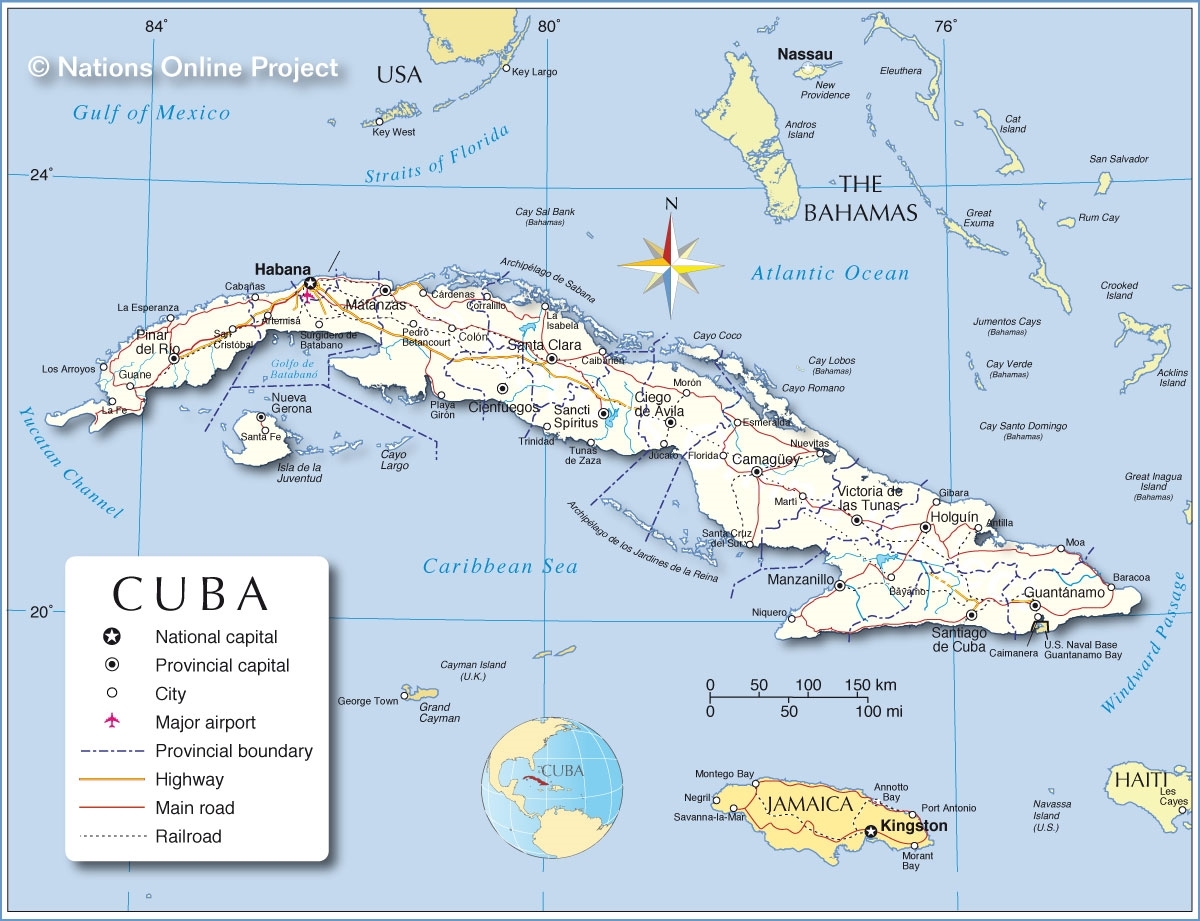Port Of Mariel Reports Readiness To Receive Neo-Panamex Vessels
/Cuba Heute (Berlin, Germany) 15 May 2023:
The administration of the Port of Mariel in the Special Economic Zone (ZEDM) in the Republic of Cuba reported the deepening of the bay to 17.5 meters to receive Neo-panamax generation vessels. The Port of Mariel located approximately forty-five kilometers west of the city of Havana, to process the newest and largest container ships transiting the Panama Canal.
Neo-panamax-class ships have a length of 366 meters, a width of 52 meters and a draft of 15 meters. Their maximum capacity is 14,000 twenty-foot standard container units (TEU), while the Panamax vessels can hold 5,000 TEU. The increase in capacity was due to the widening and deepening of the Panama Canal in 2016.
Opened in 2014, the Port of Mariel’s container operation was designed to host the new generation of container ships. There are four super post-Panamax cranes and a 700-meter-long jetty. However, due to a depth of thirteen meters, until today only Panamax vessels could enter the bay. The deepening was to have been completed at the same time as the channel expansion, but the difficult topography delayed the dredging.
For the Republic of Cuba, the increase in capacity is accompanied by a reduction in freight costs as the larger vessels are less expensive to operate due to their higher loading capacity, and it also increases the selection of cargo routes: 60% of the vessels transiting the Panama Canal are now neo-Panamax vessels, which previously could not dock at the Port of Mariel.
The Port of Mariel is the largest and most modern port in Cuba. Since its opening, continuous investments have been made, increasing the original capacity from 250,000 TEUs to 800,000 TEUs per year. Capacity can be expanded to 3 million TEUs by extending the pier according to port authorities. In addition to a highway connection, the Port of Mariel is linked to Havana by a newly built rail line. With the recent deepening, the Port of Mariel could become a significant regional transshipment port “if circumstances allow” said the Martín José Spini, General Director of the Port of Mariel, referring to sanctions by the United States government. With a cost of nearly US$1 billion, the port was Cuba’s largest infrastructure project in a long time with US$682 million contributed as a loan (unknown if repaid) by the Brazil Bank for Development with construction by Brazil-based Odebrecht (which has since gone out of business due to massive charges of corruption).
The Panama Canal is the most important shipping route between Asia and The Americas. Since 1914, it has connected the Atlantic Ocean with the Pacific Ocean, saving a route around Cape Horn of Africa or crossing of the Strait of Magellan. The eighty-two kilometer-long lock system is one of the largest transport hubs for international merchant shipping with an average of thirty-eight vessels transiting each day.


